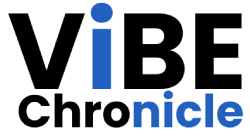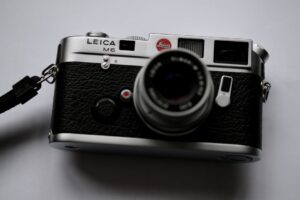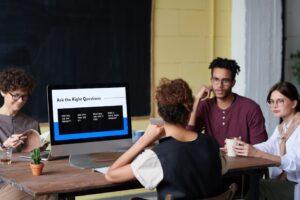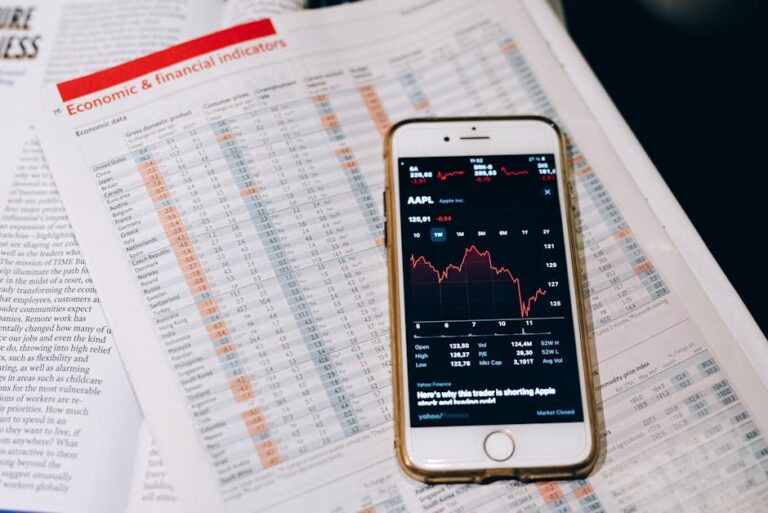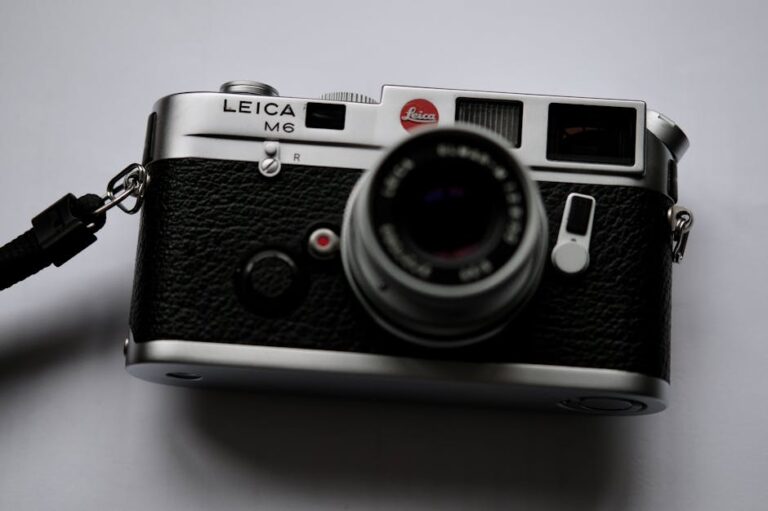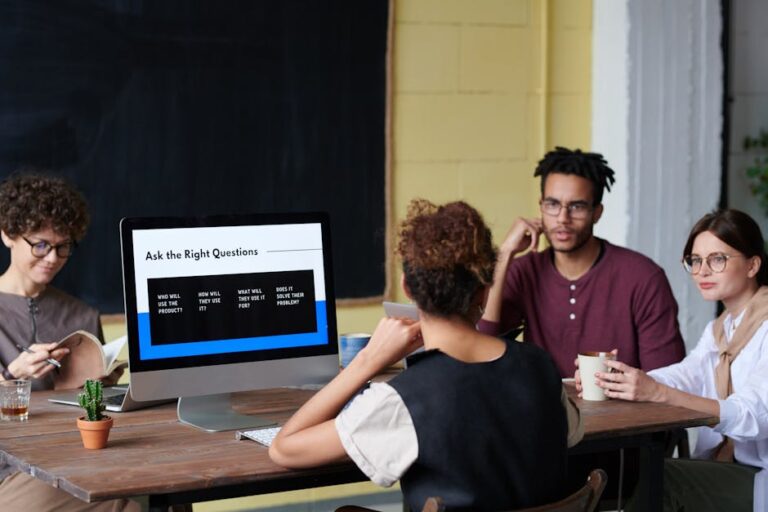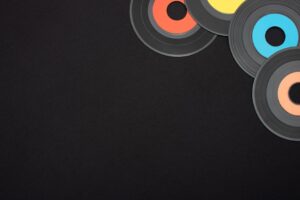Petals of Fear David Aminov” might sound like a cryptic phrase, but it encapsulates a growing sentiment: the anxiety surrounding the increasing sophistication and potential misuse of AI-driven art and creative content generation. This article will delve into the concerns and implications of AI’s impact on art, authenticity, and intellectual property as we move into 2025, examining the specific fears and uncertainties surrounding AI’s creative capabilities. We’ll explore how these “petals of fear” are blossoming and discuss potential strategies to mitigate the risks they pose.
Understanding the Bloom: AI and the Art World in 2025
By 2025, Artificial Intelligence has become deeply integrated into art creation. AI tools are capable of generating music, visual art, and even writing novels with minimal human input. While this opens up exciting new possibilities for artists and creators, it also brings a series of challenges that evoke real apprehension. The fear revolves around originality, copyright, and the potential displacement of human artists.
These anxieties are valid, considering the speed at which AI is developing. Concerns extend beyond just replicating styles; AI can learn and synthesize information from vast datasets to produce entirely “new” works. This blurring of lines raises questions about authorship and the very definition of art itself.
The Petals of Fear: Key Concerns Surrounding AI Art
The anxieties surrounding AI-generated art can be broken down into several distinct concerns, each contributing to the overall unease surrounding this technological advancement. Let’s examine these “petals of fear” in more detail:
- The Erosion of Originality: Can something truly be original if it’s built on the data and styles of countless other artists? The fear is that AI will lead to a homogenization of art, where everything sounds or looks the same.
- Copyright and Ownership: Who owns the copyright to AI-generated art? The developer of the AI? The user who prompted the creation? The artists whose work was used to train the AI? Legal frameworks are struggling to keep pace. The complex issue of AI copyright infringement requires clear guidlines as discussed by the New York Times.
- Job Displacement for Artists: Will AI replace human artists, especially in areas like graphic design, illustration, and music composition? The concern is that AI’s efficiency and cost-effectiveness will make it a more attractive option for businesses.
- The Loss of the “Human Touch”: Art is often valued for its emotional depth and connection to the artist’s experiences. Can AI truly capture these qualities, or will its art be sterile and soulless? Many argue the human element is irreplaceable.
- Misinformation and Deepfakes: AI can be used to create realistic-looking forgeries of artwork or to generate fake evidence, further blurring the lines between reality and fabrication. This could severely damage trust in the art world.
Navigating the Thorny Stems: Strategies for Addressing AI Art Anxiety
Despite the fears, AI also presents opportunities. The key is to develop strategies to mitigate the risks and harness the potential benefits of AI in a responsible and ethical way. Here are some actionable tips:
- Promote Transparency: Require that AI-generated art be clearly labeled as such. This allows consumers to make informed decisions about what they are viewing or purchasing.
- Develop Clear Copyright Laws: Governments need to create clear and comprehensive copyright laws that address the unique challenges of AI-generated art. This is crucial for protecting both human artists and the creators of AI tools.
- Support Human Artists: Encourage patronage of human artists and promote art education. This helps to preserve the value of human creativity and ensures that artists continue to thrive.
- Embrace AI as a Tool: Instead of viewing AI as a threat, consider it as a tool that can augment human creativity. Artists can use AI to generate new ideas, explore different styles, and streamline their workflow.
- Focus on Uniquely Human Qualities: Emphasize the qualities that AI cannot replicate, such as emotional depth, personal experiences, and critical thinking. These are the aspects of art that make it truly meaningful.
For instance, a graphic designer could use AI to generate a range of initial concepts for a logo design, and then refine and personalize those concepts based on their own artistic vision and the client’s needs. This allows the designer to work more efficiently and explore a wider range of possibilities, while still retaining control over the final product.
The Future of Art: A Symbiotic Relationship?
The future of art in 2025 is unlikely to be a dystopian scenario where AI completely replaces human artists. Instead, it’s more likely to be a symbiotic relationship where AI and humans work together to create new and innovative forms of art. Just as photography didn’t eliminate painting, AI will likely transform the art world rather than destroy it.
However, this positive outcome requires proactive measures. We need to address the ethical and legal challenges posed by AI, and we need to support human artists in adapting to this changing landscape. By doing so, we can ensure that the “petals of fear david aminov” don’t overshadow the potential for AI to enrich and expand the world of art.
appinnovators6 is at the forefront of exploring innovative approaches to harnessing AI’s potential while emphasizing ethical considerations.
Real-World Examples in 2025
Let’s consider some real-world examples of how these strategies are playing out in 2025:
- AI-Assisted Music Composition Platforms: Several platforms now allow musicians to use AI to generate backing tracks, create variations on melodies, or even suggest chord progressions. These tools are designed to enhance the musician’s creativity, not replace it.
- Blockchain-Based Copyright Protection: Artists are using blockchain technology to register and protect their work, making it easier to track ownership and prevent unauthorized use of AI-generated art that incorporates their style.
- AI Ethics Boards: Many art institutions and galleries have established AI ethics boards to review the use of AI in art exhibitions and to ensure that the technology is being used responsibly.
These examples demonstrate that the art world is actively grappling with the challenges and opportunities of AI, and is developing innovative solutions to address the concerns. The conversation is ongoing, and it requires the participation of artists, technologists, policymakers, and the public.
Mitigating “Petals of Fear David Aminov”: Practical Advice for Creators
For artists and creators feeling overwhelmed by the rise of AI, here’s some practical advice:
- Learn About AI: Educate yourself about the capabilities and limitations of AI. Understanding how AI works can help you to better assess its potential impact on your work and to develop strategies for adapting to the changing landscape.
- Experiment with AI Tools: Don’t be afraid to experiment with AI tools. You might be surprised at what you can create. AI can be a powerful tool for generating new ideas, exploring different styles, and streamlining your workflow.
- Focus on Your Unique Voice: What makes your art unique? What are the qualities that AI cannot replicate? Focus on developing these strengths and showcasing your unique perspective.
- Build a Strong Community: Connect with other artists and creators. Share your experiences, learn from each other, and support each other in navigating the challenges and opportunities of AI.
The Ethical Dimension: A Responsibility for All
The ethical implications of AI art extend beyond the art world itself. It touches upon broader societal concerns about the future of work, the nature of creativity, and the role of technology in shaping our lives. It’s a responsibility for everyone to engage in this dialogue and help shape the future of AI in a way that benefits humanity.
Conclusion: Embracing the Future with Caution and Optimism
The “petals of fear david aminov” represent a legitimate and understandable anxiety about the potential impact of AI on art. As we move into 2025, the rise of AI art is not something to be feared blindly, but rather approached with cautious optimism. By promoting transparency, developing clear legal frameworks, supporting human artists, and embracing AI as a tool, we can mitigate the risks and harness the potential benefits of this transformative technology. The future of art will likely be a collaboration between humans and AI, a partnership that can lead to new and exciting forms of creative expression. The key is to ensure that this partnership is built on a foundation of ethical principles, respect for human creativity, and a commitment to fostering a vibrant and diverse art world. As explored by BBC News, the dynamic interaction between AI and art holds the key to an exciting future.
Frequently Asked Questions (FAQs)
1. Will AI completely replace human artists by 2025? (AI and Artists)
No, it’s unlikely AI will completely replace human artists. AI will likely become a tool that artists use to enhance their creativity and streamline their workflow.
2. Who owns the copyright to AI-generated art? (Copyright AI Art)
This is a complex legal issue. Current laws are unclear. It depends on factors like the amount of human input and the AI’s training data. New legal frameworks are being developed.
3. How can artists protect their work from being used to train AI models without permission? (AI Model Training)
Artists can use techniques like digital watermarking, blockchain-based copyright protection, and actively monitor AI training datasets to identify unauthorized use of their work.
4. What are the ethical considerations of using AI in art? (AI Ethics in Art)
Ethical considerations include ensuring transparency about the use of AI, respecting copyright laws, preventing the creation of deepfakes, and avoiding the displacement of human artists.
5. Can AI create truly original art? (AI Originality)
The definition of “original” is being challenged by AI. While AI can generate novel combinations of existing styles, it lacks the lived experiences and emotional depth that often inform human art.
